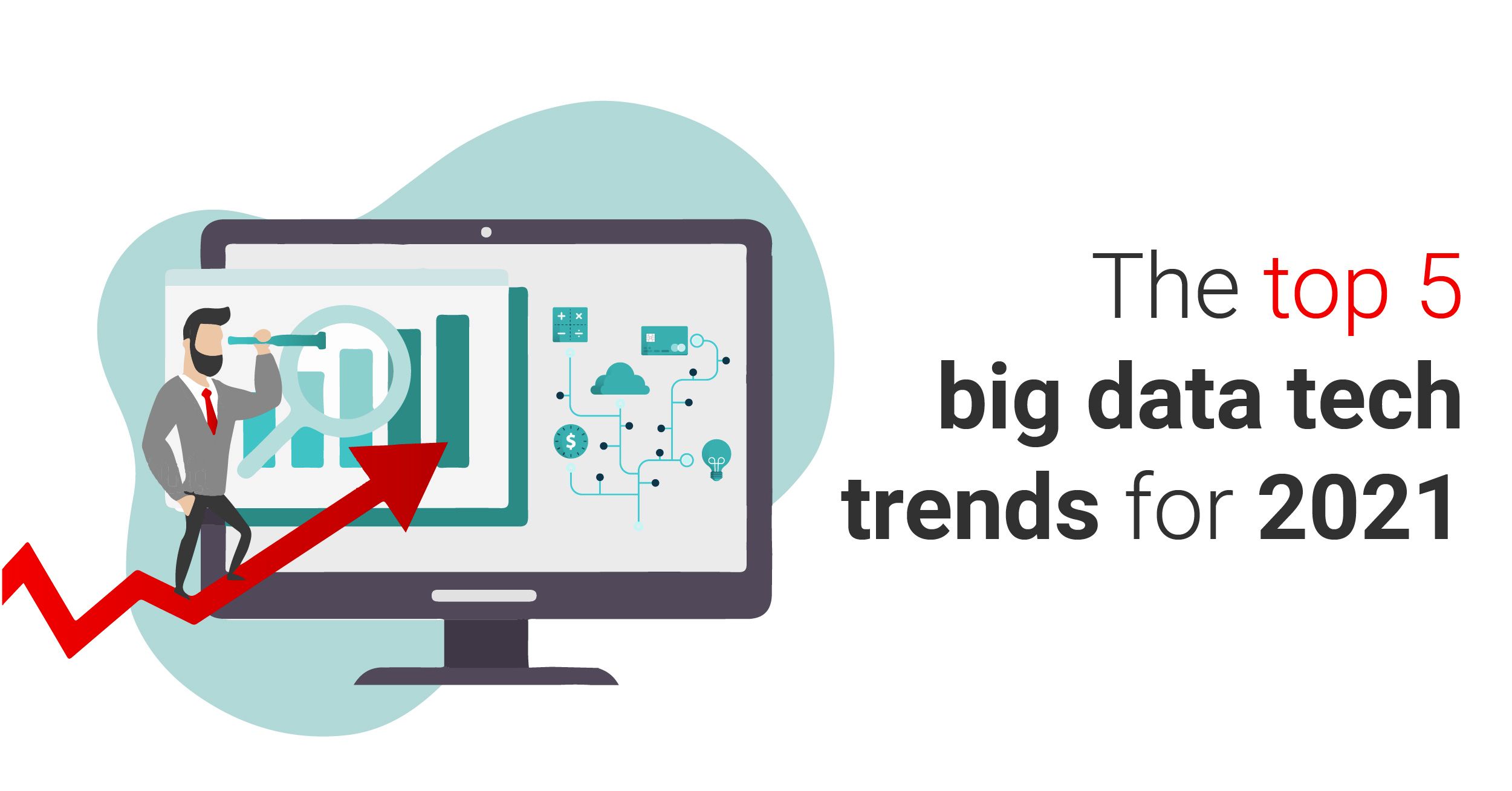
What are the top 5 big data trends for 2021?
By now we all recognize the immense commercial benefits of employing data analytics to track and measure consumer behaviors and to provide valuable consumer insights. The effective analysis of big data metrics gives any business the ability to make better informed, data-driven decisions. These in turn improve commerce-related outcomes.
So, what lies ahead for big data, and what are the top trends to be aware of?
AI-assisted big data analytics
Improved chatbot capabilities
The deeper insights that AI and ML-assisted analytics of big data provide, allows companies, in turn, to provide clients with (hugely) optimized customer support. This includes effectively utilizing the role of intelligent chatbots, that can then apply a much-improved ‘personal touch’ when interacting online with customers.
Identifying patterns in big data
Machine learning and artificial intelligence algorithms also assist big data analysts to identify patterns and anomalies more easily. Because AI technology optimizes analytic speeds and recognizes patterns within data more quickly, it also assists analysts in making more accurate predictions. This trend is set to grow as AI and ML technologies advance.
The growing role of edge computing
Because edge computing moves a percentage of storage and compute resources away from a central data center, and closer to the original data source itself, it can greatly enhance the effective processing and analyses of extremely valuable ‘raw’ consumer data. A great case study would be what fitness apps and IoT devices (wearables) do for the healthcare industry in providing data insights via edge computing.
Non-database big data sources are skyrocketing
Indeed, IoT devices, as well as voice-assisted technologies, are key examples of major new sources for pivotal data collection. Forget big data, this is more like ‘huge data!” How can companies effectively manage the storage of these massive new data streams? Using the data lake, that’s how!
Go jump in a Data Lake?
You may have heard of a data warehouse, but what is a data lake, and how does it enhance the storage and processing of big data? While both formats accept data from many different sources, data lakes are more flexible because they can hold more data types: both processed or unprocessed, structured, or unstructured data. Their outdated cousin, the data warehouse, by comparison, holds only already organized and processed data, limiting capability. It’s time to jump into data lake technology!
Get on (or off) my Hybrid Cloud!
It’s becoming common practice for big data and analytics use cases to utilize hybrid cloud infrastructure. This is largely due to technical and regulatory limitations placed on organizations for a variety of reasons (mostly linked to data privacy laws).
Hybrid IT architecture helps them because it combines on-premise, local resources with available cloud resources which provide bigger storage capabilities and other services. The hybrid model also enhances scalability and improves the capabilities of big data to be utilized effectively.
Read more on big data advances in this trending article from the Essentials IT & CIO deep dive page, curated by the most trusted tech experts in the sector.